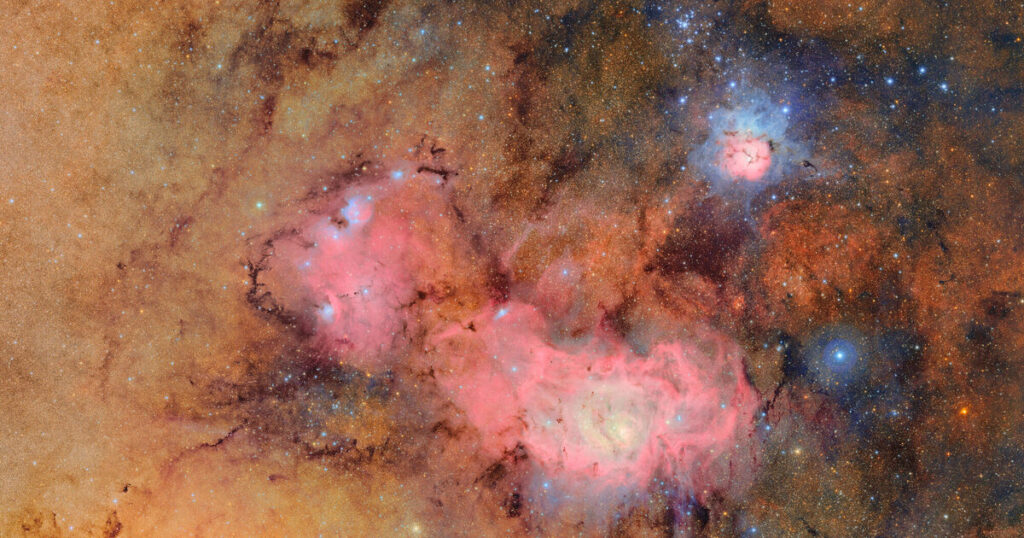The world’s largest digital camera has captured its inaugural images of the cosmos, revealing stunning nebulae, stars, and galaxies.
The Vera C Rubin Observatory, nestled atop a Chilean mountain, is designed to explore the night sky in unprecedented detail, uncovering previously hidden regions.
Funded by the US National Science Foundation and US Department of Energy, the observatory will conduct a 10-year survey of the southern celestial hemisphere.
These first images showcase the vibrant Trifid and Lagoon Nebulae, located thousands of light-years away.
A light-year represents almost six trillion miles. The observatory also captured a cluster of galaxies known as the Virgo Cluster, including two striking blue spiral galaxies.
The observatory aims to image 20 billion galaxies and identify new asteroids and other celestial bodies.
The project is named in honor of astronomer Vera Rubin, whose groundbreaking work provided early evidence for the existence of dark matter.
Researchers hope the observatory’s powerful camera will provide insights into dark matter and another enigmatic phenomenon: dark energy.


